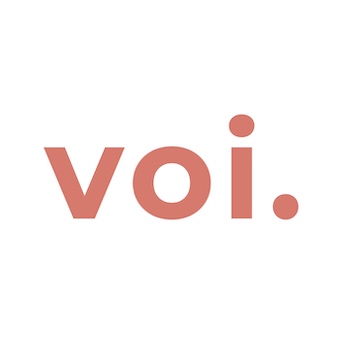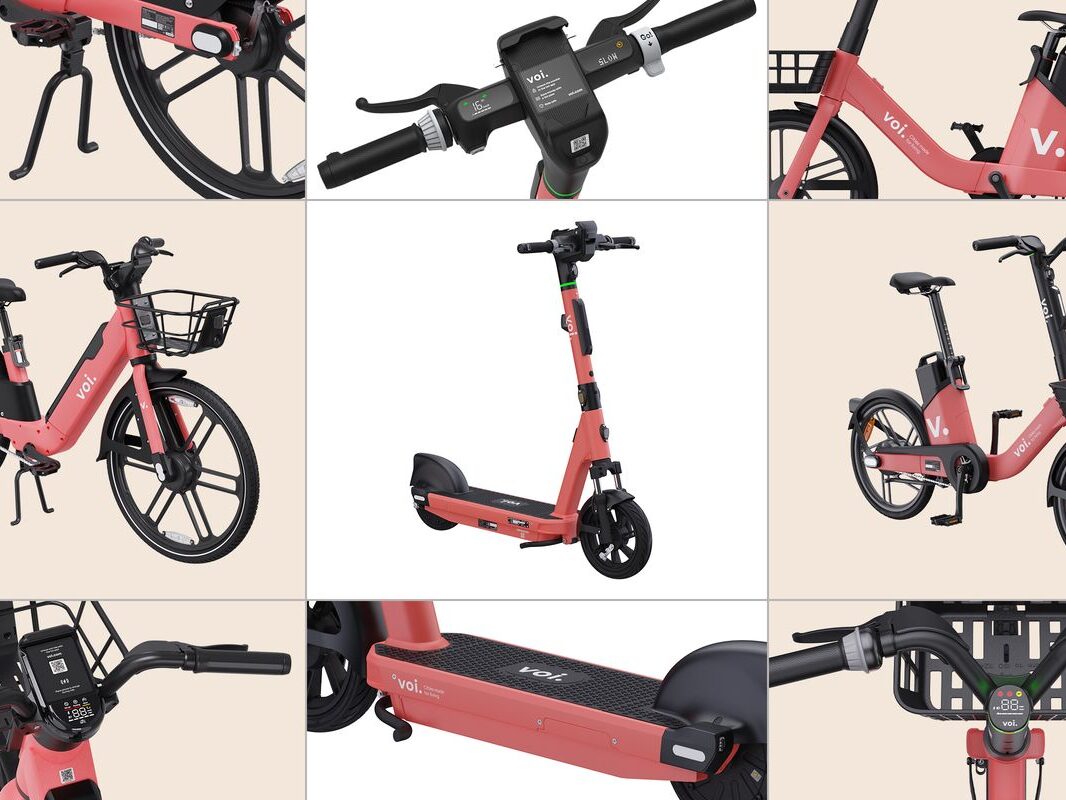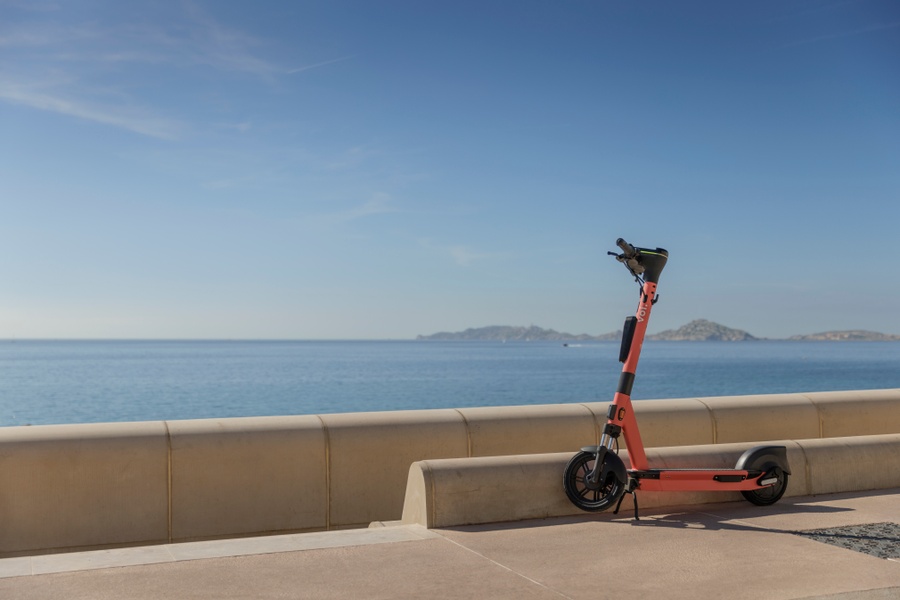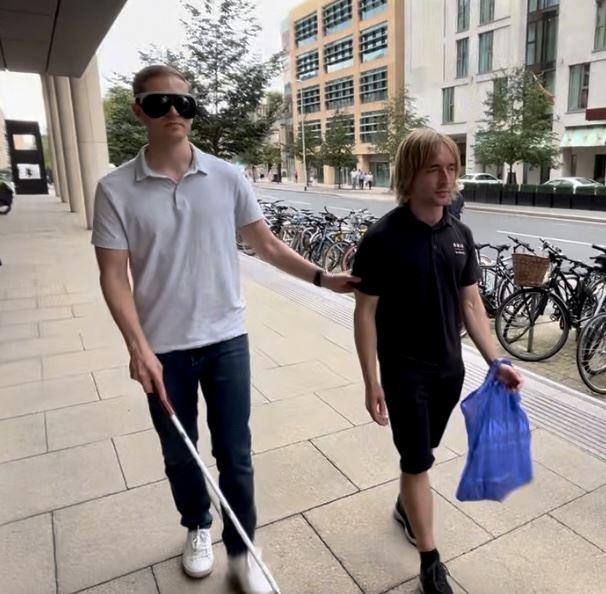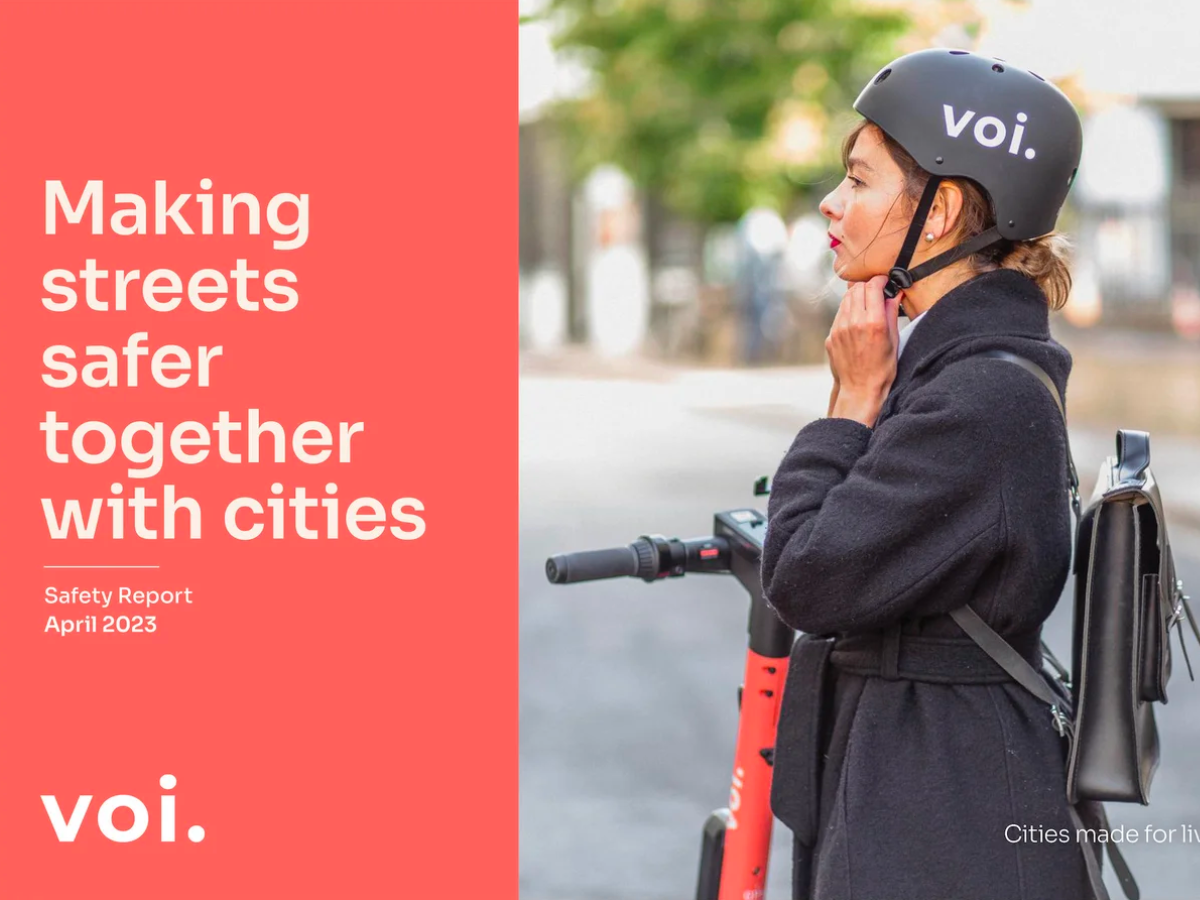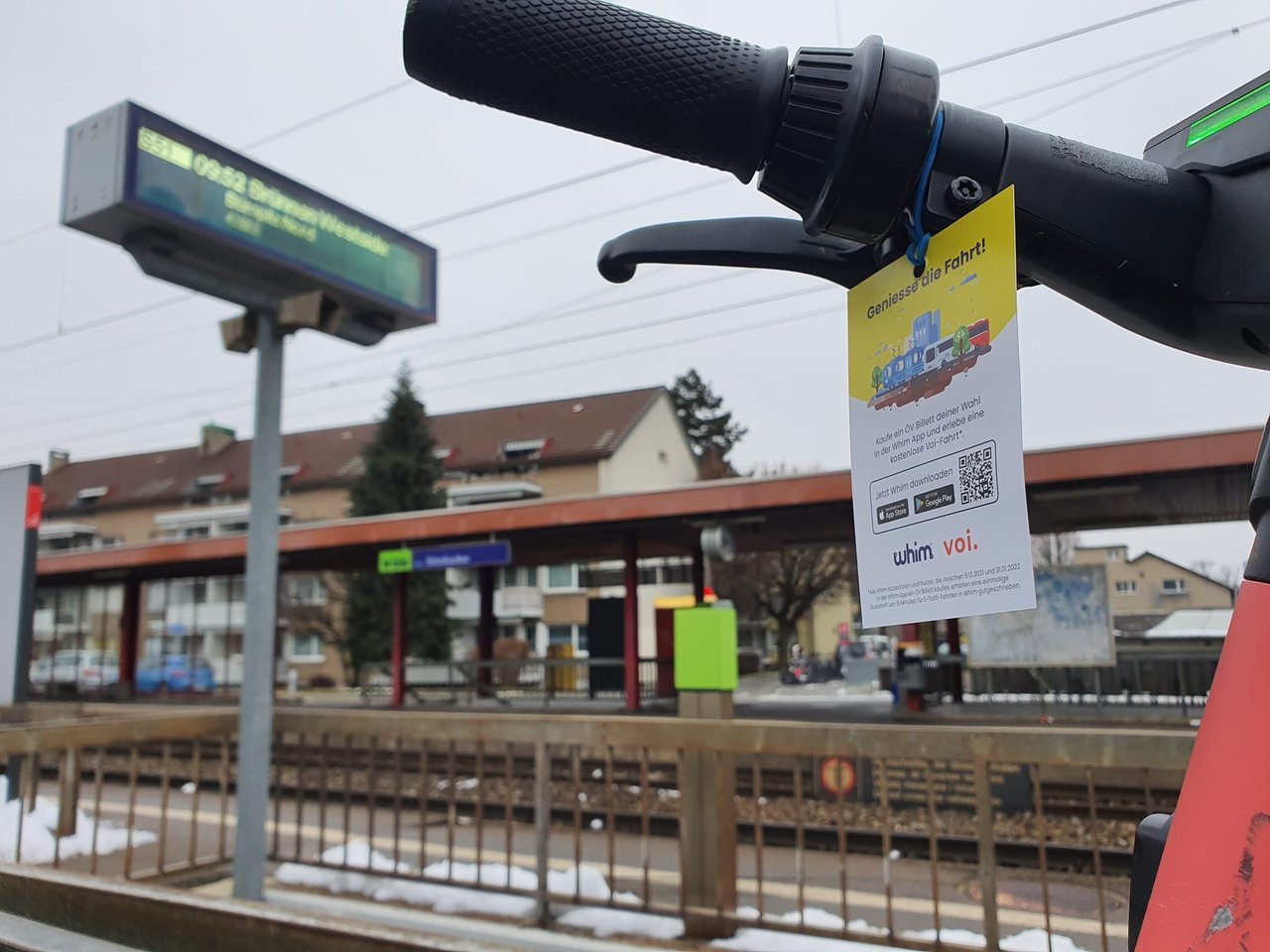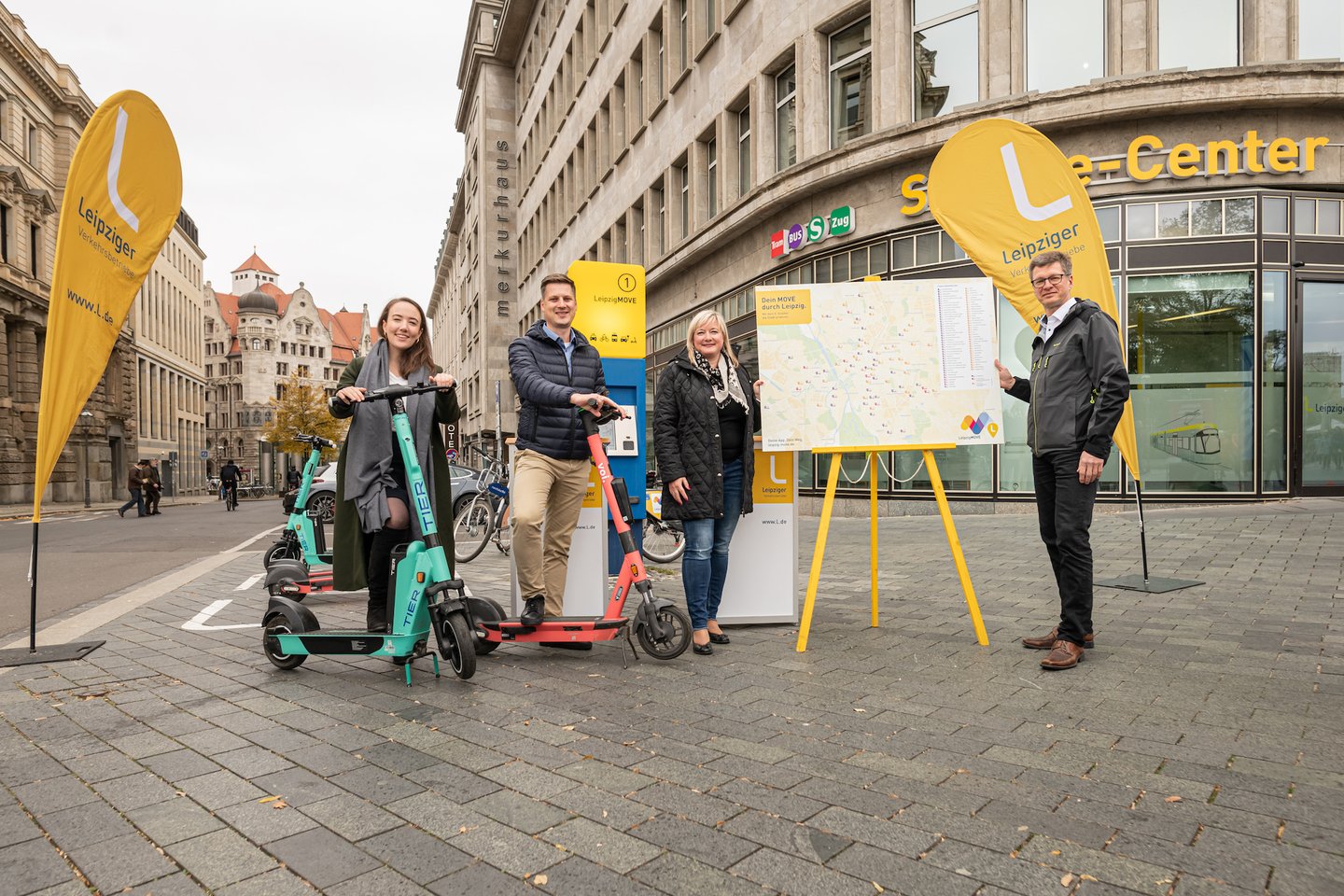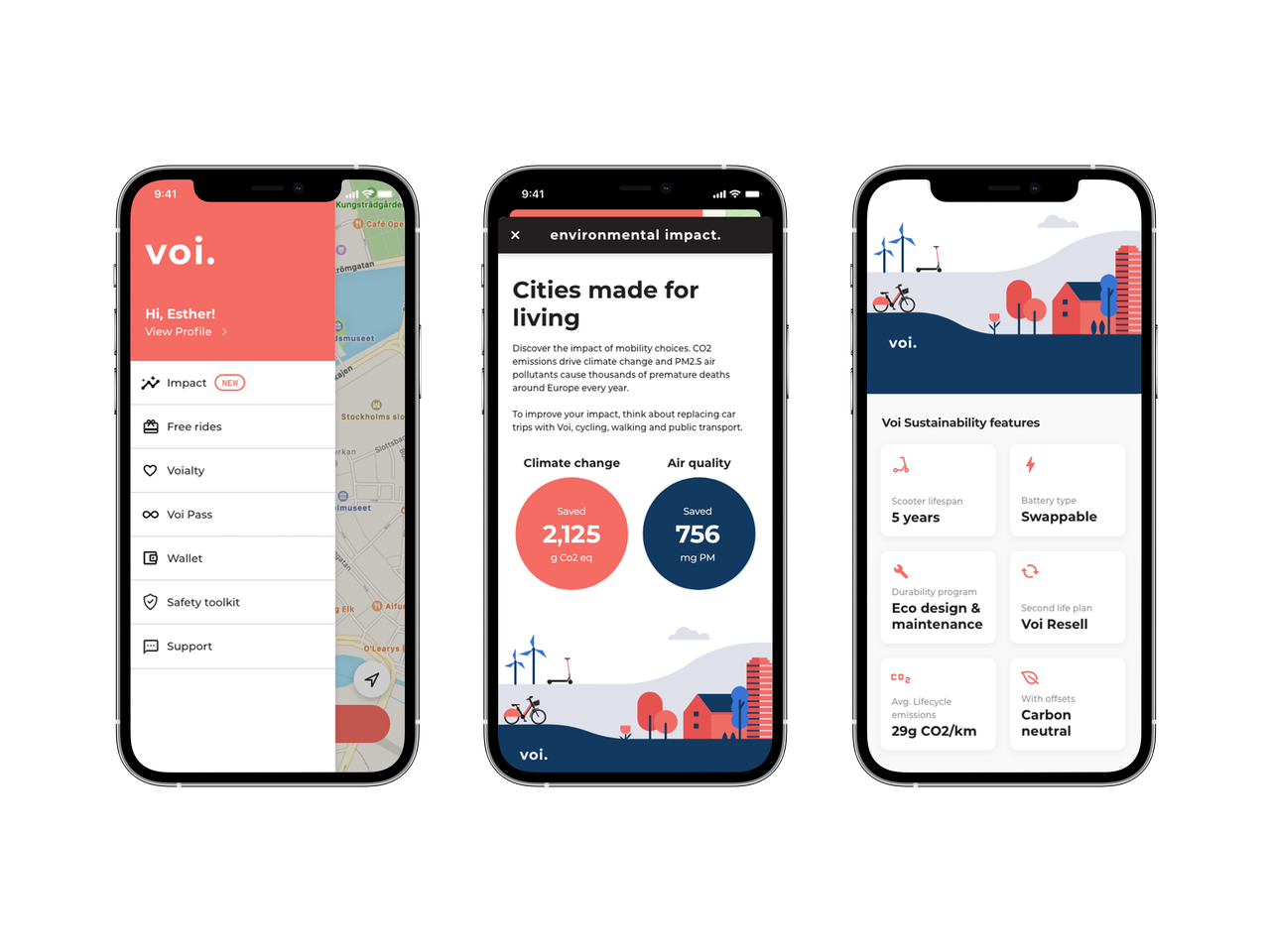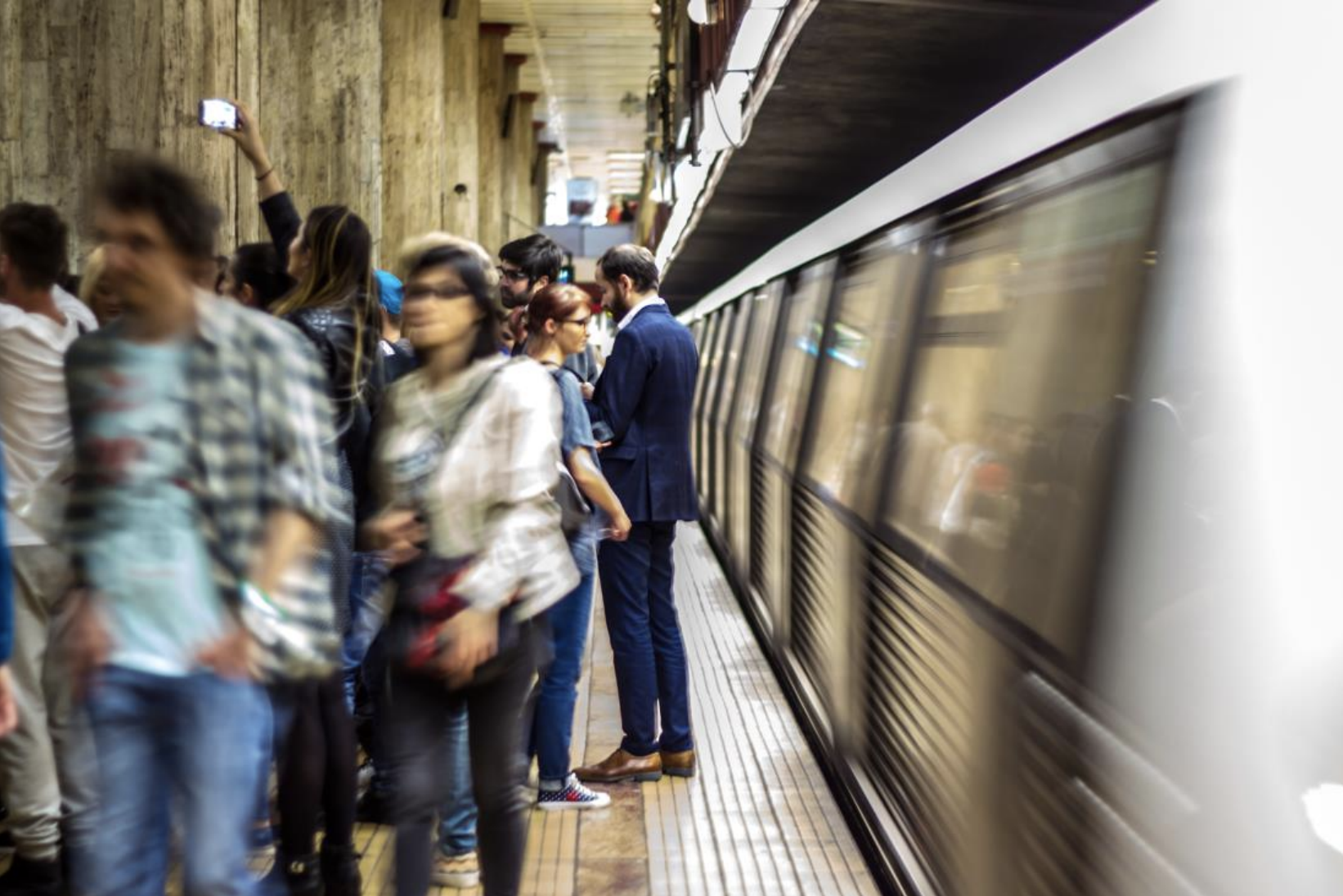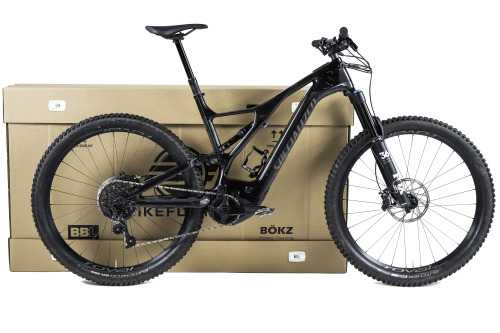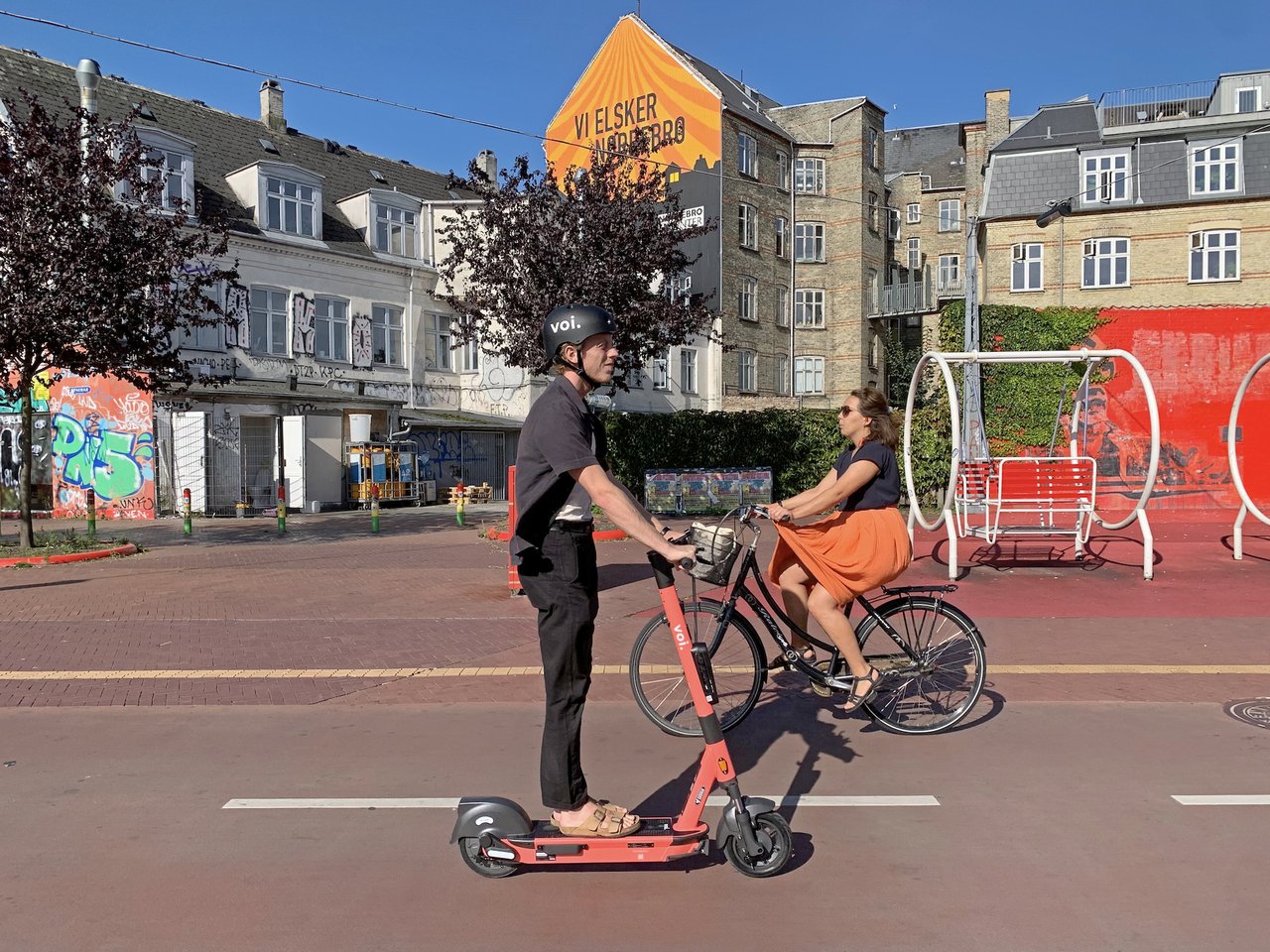Voi Joins the International Association of Public Transport (UITP)
Working in close collaboration with public transport providers is not only a key pillar of sustainability for us at Voi, it is also one of the keys to the city that we envision for the future. By joining a Combined Mobility Committee at the International Association of Public Transport (UITP), a global champion of sustainable urban mobility, we have taken our Voiage to the next step.
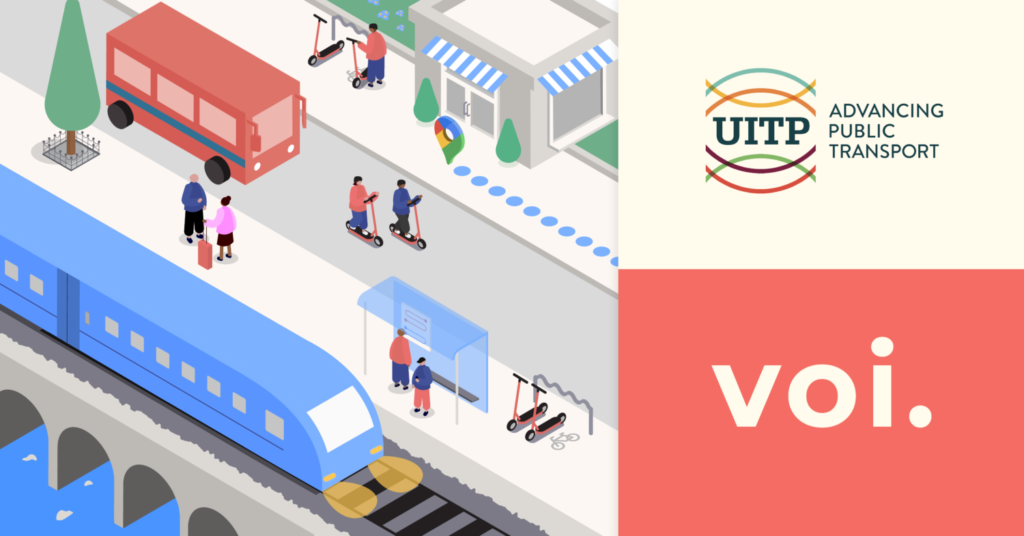
The UITP describes itself as “the only worldwide network to bring together all public transport stakeholders and all sustainable transport modes”. We are proud, therefore, to be the first micromobility provider to have joined the likes of The International Transport Forum, Deutsche Bahn, Ruter and Arriva, some of the leading members of the UITP.
Combined Mobility Committee at UITP
The Combined Mobility Committee is chaired by Ruter AS, Oslo’s public transport authority and co-chaired by Hochbahn in Hamburg, both places where we provide a rapidly growing network of e-scooters. We are honoured to have been given this opportunity to be taking part in UITP’s workshops and contributing to policy briefing around micromobility as it, literally and metaphorically, is moving forward.
Multimodal transport must be at the heart of the micromobility movement if we are to achieve our global net-zero goals by 2050. At COP26 we played our part in reaching this goal by setting a target to be climate positive by 2030. This means going a step further than carbon neutral, by saving more greenhouse gas emissions than we are generating.
How We Get Multimodality to Mushroom
However, although we can work towards being climate positive in our own way by creating zero-emission operations, sourcing sustainably and working with a circular economy model, the biggest challenge of decarbonising cities can only be achieved by working together within the sector.
We have proven already that Voi enhances public transport usage by providing a ‘first and last mile’ solution for many people who don’t have other modes of public transport on their doorstep. Indeed, 30% of our users combine e-scooters with public transport (Voi global user survey, summer 2021). In addition, it has been proven that when there is good micromobility parking infrastructure available at public transport hubs, then multimodality starts to mushroom beautifully.
We are proud to be at the forefront of implementing these mobility hubs, and we are developing our Mobility as a Service (MaaS) collaborations in order to maintain this strong position in the future. To date, we have more than 40 public transport & MaaS partners globally.
Creating Intermodal Partnerships
For example, a pilot parking integration with Stuttgart’s rail operator S-Bahn Stuttgart saw at least a 35% increase in rail tickets purchased by Voi users ending scooter rides at the Bad Cannstatt station, compared with the rest of the city. This pilot has been so successful that we have just opened a second hub in the city at the Vaihingen station.
In addition, we collaborated with European Year of Rail 2021, where the EU celebrated rail travel as a sustainable, innovative and safe transport mode. To mark the event, we offered free rides to passengers passing through Voi towns or cities on theConnecting EU Express. Together with public transport providers, therefore, we are also developing cross-regional approaches for the interconnection of e-scooters and local transport.
We are delighted that our insights and expertise can now be brought to this collaborative table of UITP as we also believe that our own values align with those of UITP – the latter are Respect, Innovation, Sharing, Expertise – otherwise known as RISE and we, at Voi, are certainly going to be rising to the challenges ahead.
Fredrik Hjelm, CEO and co-founder of Voi, said:Voi’s e-scooters and e-bikes are already playing a critical role in cities in providing convenient and sustainable alternatives to cars. Climate change presents a serious threat to the liveability of cities around the world and we want to do everything in our power to take action. We want to go beyond carbon neutrality through offsets and become a climate-positive company. We’ll do this by implementing new climate measures such as sourcing European-made battery cells and circular vehicles.
This article was originally published by Voi Technology.


